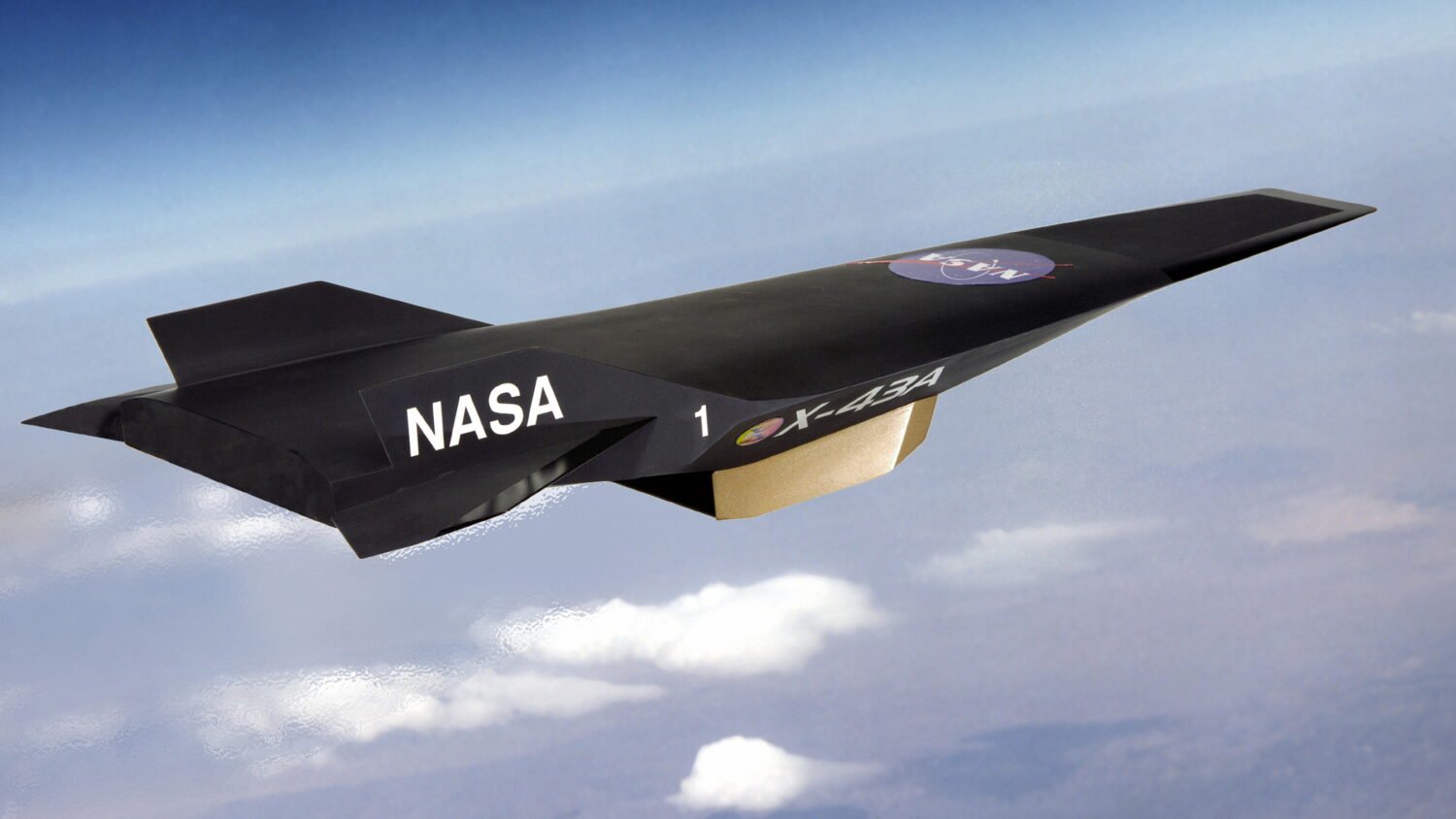This excellent book covers the development of Concorde, through it being proposed, onto becoming an icon of the period and until its service cessation in the early 2000s.
The Rise and Fall of the Supersonic Airliner
| Publisher: | London, Atlantic Books, 2015. |
| ISBN: | 9781782391074 |
| Characteristics: | viii, 309 pages, 16 unnumbered pages of plates : illustrations (black and white, and colour) ; 24 cm. |

Due to the size and cost of the research and development required Britain joined up with France. To build a new aircraft but also to win favour with Europe in the hope of being admitted to the EU. Both plane and EU membership are almost history.
The author spends much time on the style and beauty of Concorde making many references to steam locomotives, cars and even fashion. Compared to his book Giants of Steam, this book seemed to be going on a tangent in many places.
There is much interesting technical information about how engines were developed and getting them to work at supersonic speeds. Much of the text is on how the wings were designed to be efficient at supersonic speeds yet provide enough lift at subsonic speeds during take off and landing.
One interesting fact was that Johanna Weber, a brilliant mathematician was one of the few female engineers in the industry who worked on Concorde by designing the delta wings.
Concorde’s Demise
From the start Concorde’s commercial success was limited. The 20 aircraft built never approached the 114 that were projected. In the US there was much opposition to Concorde, mainly environmental reasons but also possibly because the US’s own supersonic airliner project got nowhere.
In the end it was the cost of running Concorde that stopped it. Concorde’s base price was more than five times the cost of business class on a standard airliner. Towards the end more affordable excursion flights with short durations were offered to give people the chance to fly on Concorde without the huge expense.
Concorde would have kept flying by Air France at least, but the manufacturer was no longer prepared to support the aircraft with spare parts. In November 2004 Concorde flew for the last time.
Airframe Development
Concorde’s heritage begins just after World War II with the development of the supersonic bomber. The author cites many aircraft that led to and helped with development of the beautiful supersonic airliner, Concorde.
Supermarine Walrus (amphibian)

The Supermarine Walrus (amphibian), designed by Reginald Mitchell, was an effective but ugly aircraft. In complete contrast to the beautiful Concorde. The author points out that even the best designers can create ugly ducklings.
Avro 730
Convair B-58 Hustler

A US Air Force supersonic bomber that was very cramped inside for the pilots. The Concorde’s cockpit wasn’t much roomier with the author describing it as very much like a fighter plane’s.
Busemann’s Biplane
Busemann’s biplane was a conceptual plane to help reduce shock waves caused by travelling supersonic speeds. Sonic booms plagued Concorde and made its acceptance difficult at airports.
North American XB-70 Valkyrie

A supersonic bomber from the US with canard leading wings a foldable wing tips on the main wing.
Boeing 2707

The Boeing 2707 was the US version of a supersonic airliner that never made it past the mock up stage. Funding issues and the sonic booms that annoyed the environmentalists and the politician’s constituents put an end to the project.
NASA X-43a

NASA’s X-43a was an experimental aircraft especially designed to explore high speed flight above Mach 2, using a Scramjet engine.
Reaction Engines Limited LAPCAT Configuration A2 (aka the LAPCAT A2)
Reaction Engines A2, another futuristic design for supersonic air travel. The author likens this to the Fireflash from a Thunderbirds episode, which was aired three years before Concorde’s maiden flight.
Spike Aerospace S-512

Spike Aerospace S-512, a supersonic business jet for the company doing extremely well.
Aerion AS2
Aerion AS2, another supersonic business jet which has so far been under development for five years.
Power Plant Development
Concorde was powered by the Olympus 593 engine. A power plant which made the Concorde possible. Much of the initial development happened at the National Gas Turbine Establishment in the UK.
Some Numbers
The back cover features some interesting statistics.
- 01: the Queen’s favourite seat
- 1 crash since Concorde first took to the skies, in Paris in July 2000
- 1 mile travelled every three seconds
- 2 hours 52 minutes 59 seconds: the fastest Atlantic crossing on 7 February 1996
- 4 Rolls-Royce/Snecma Olympus 593 engines that gave more than 38,000lb of thrust each
- 6 cabin crew
- 7 Concordes in BA fleet
- 10: number of times the actress Joan Collins has flown on
Concorde - 20: total number of Concordes built
- 70: number of round-trip transatlantic crossings taken per year by the most frequent flyer, an oil firm executive
- 100 passengers per flight
- 204 feet from tip to tail, but that stretched between six and
ten inches in-flight - 800 pounds spent on biscuits by Justin Cornell at Tesco in order to get air miles for a flight on Concorde
- 1,350 miles per hour cruising speed at 60,000 ft
- 5,000 hours of testing before it was certificated for passenger
flight – making it the most tested aircraft in history - 25,629 litres of fuel used an hour
- 50,000 flights completed
- 140,000 total flying hours, more than 100,000 of them
supersonically - 1,000,000 bottles of champagne consumed
during passenger flights - 2,500,000 passengers flown
- 140,000,000 miles travelled
- 0 flights remaining.







